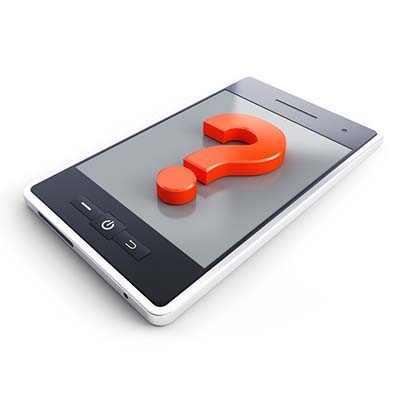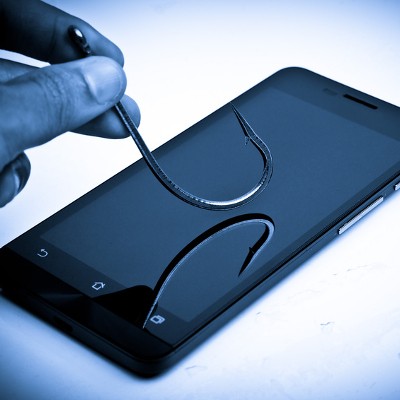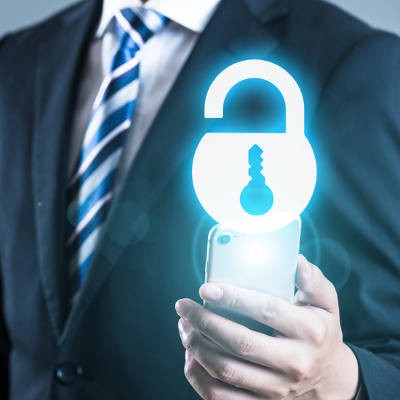The smartphone market is kind of a paradox. Here you have quite a few major manufacturers producing phones in a market that has seen a seven percent decline over the past year and a decline for each of the past four fiscal quarters. It’s true that some of the companies that we’ve all been used to: HTC, Nokia, and Blackberry are bit players in a market that is dominated largely by Samsung, Apple, and companies that sell their products to developing mobile markets.
About Business Solutions & Software Group
Business Solutions & Software Group has been serving the South Florida area since 1997, providing IT Support such as technical helpdesk support, computer support and consulting to small and medium-sized businesses. Our experience has allowed us to build and develop the infrastructure needed to keep our prices affordable and our clients up and running.
Recent News
Contact Us
10211 W Sample Road Suite 114
Coral Springs, Florida 33065
Mon to Fri 9:00am to 6:00pm

















